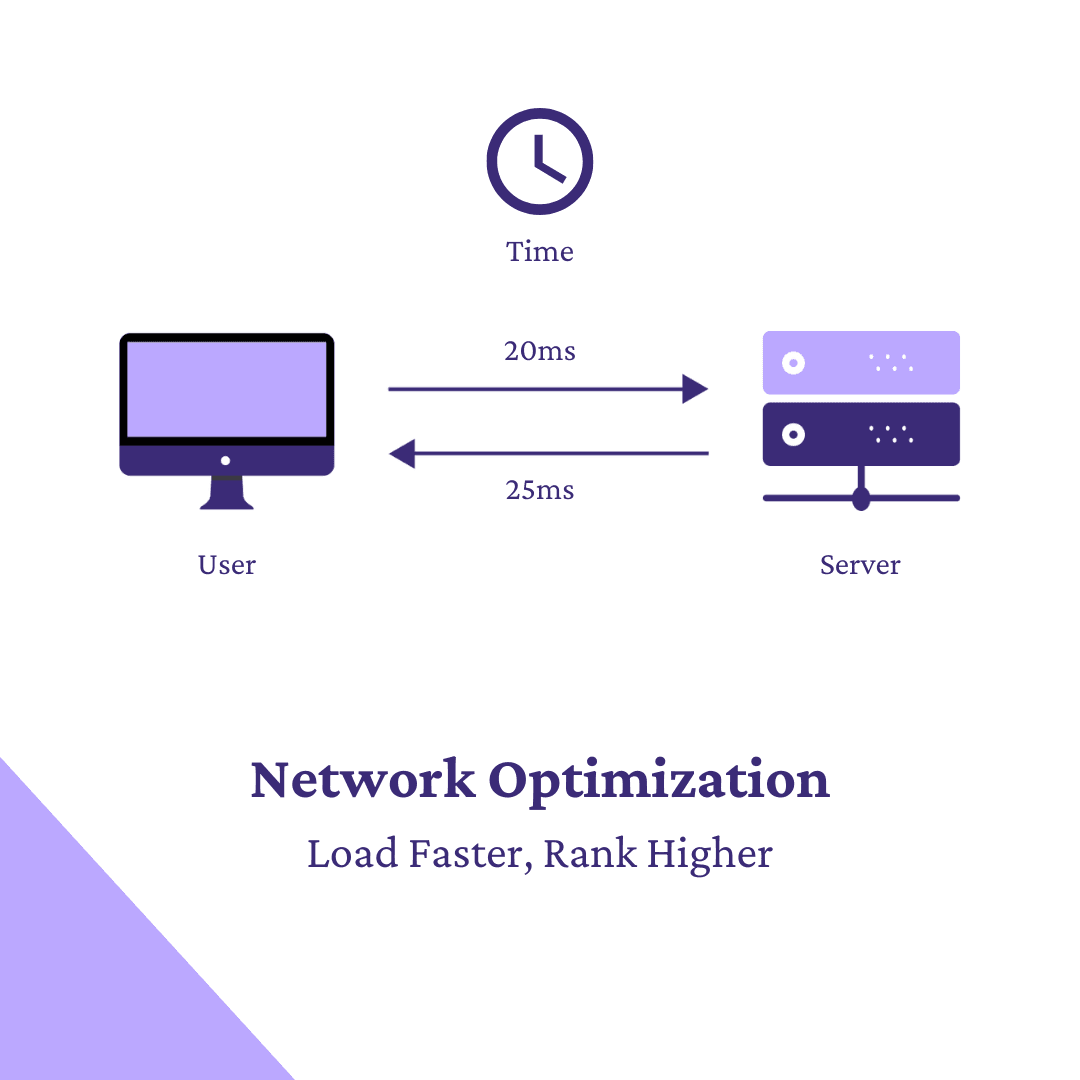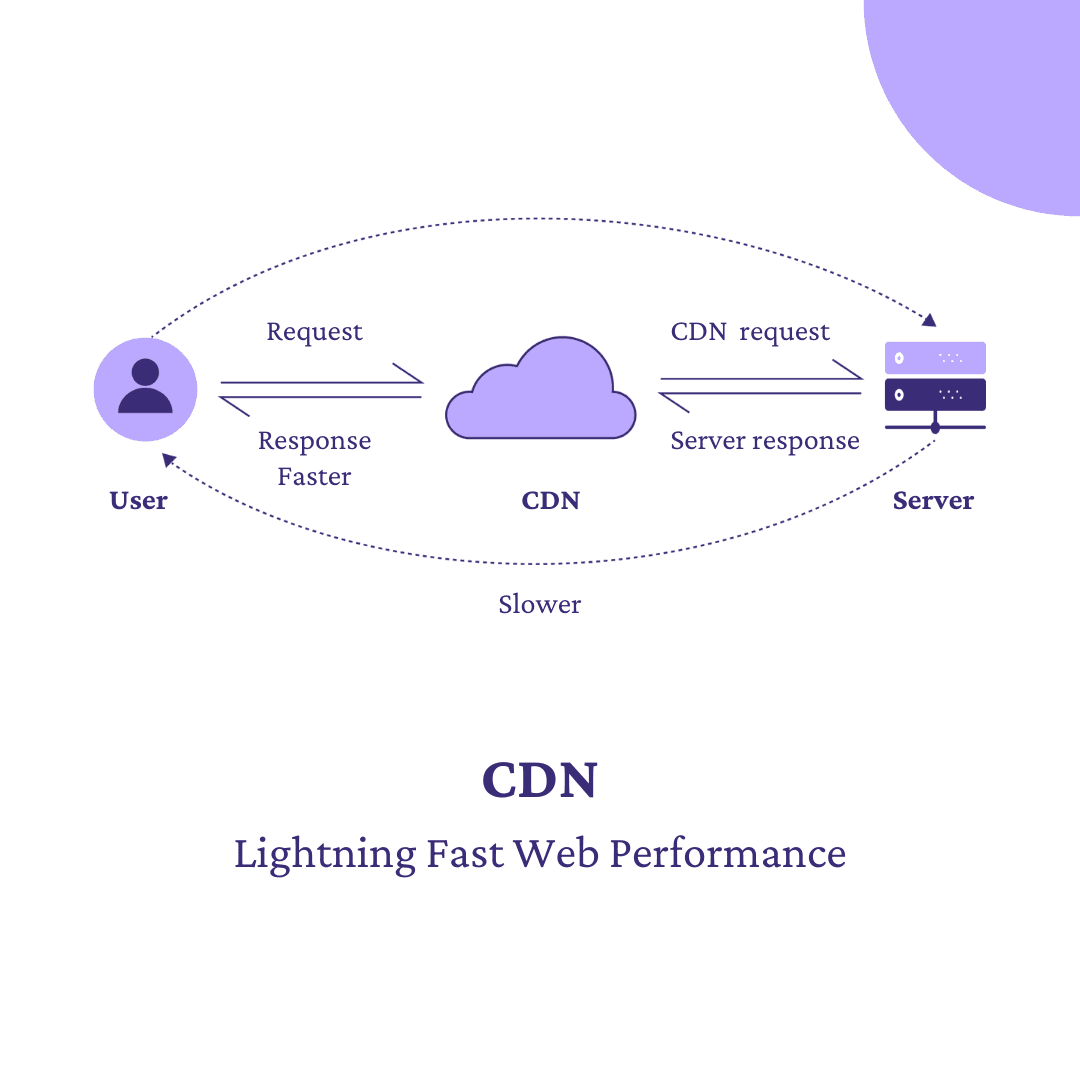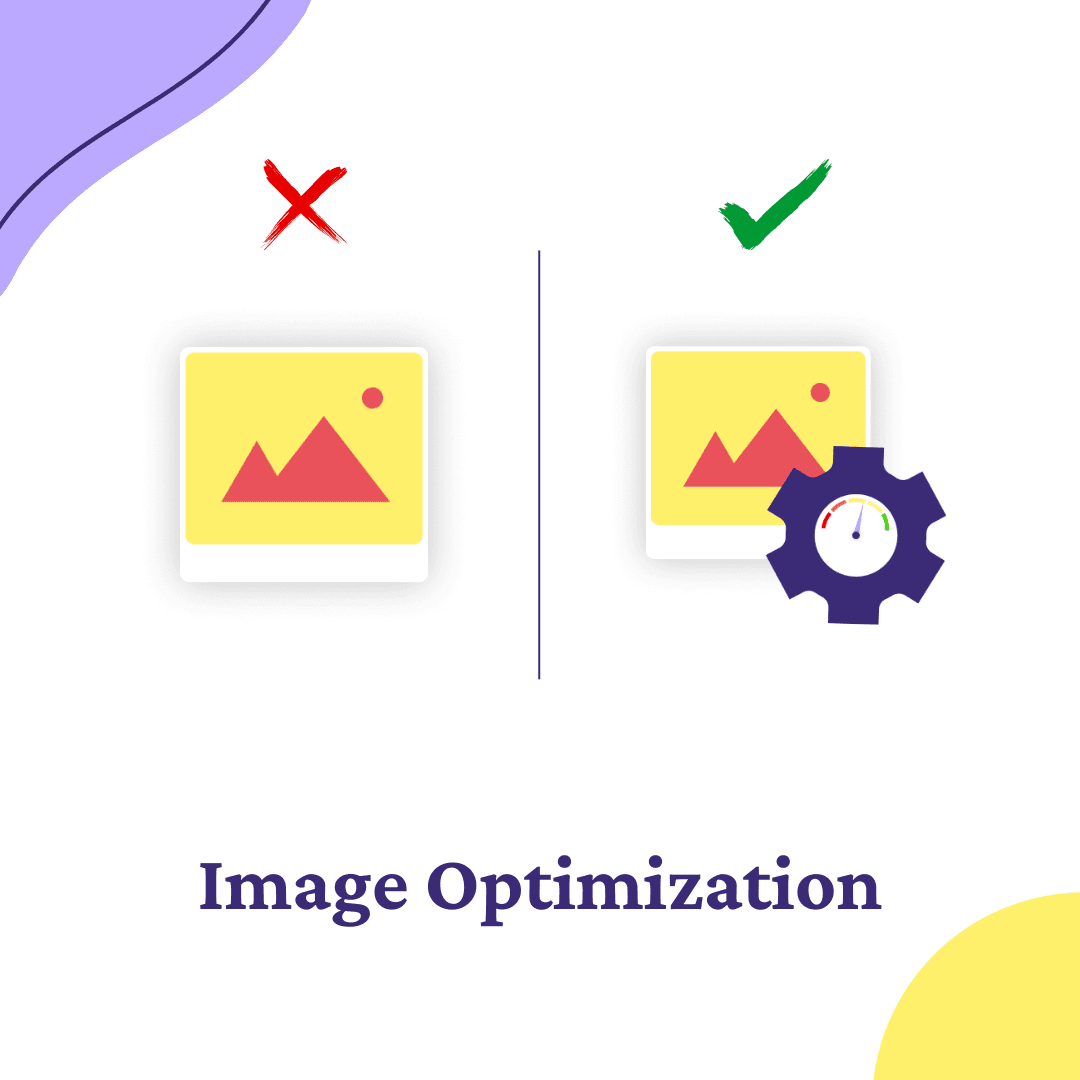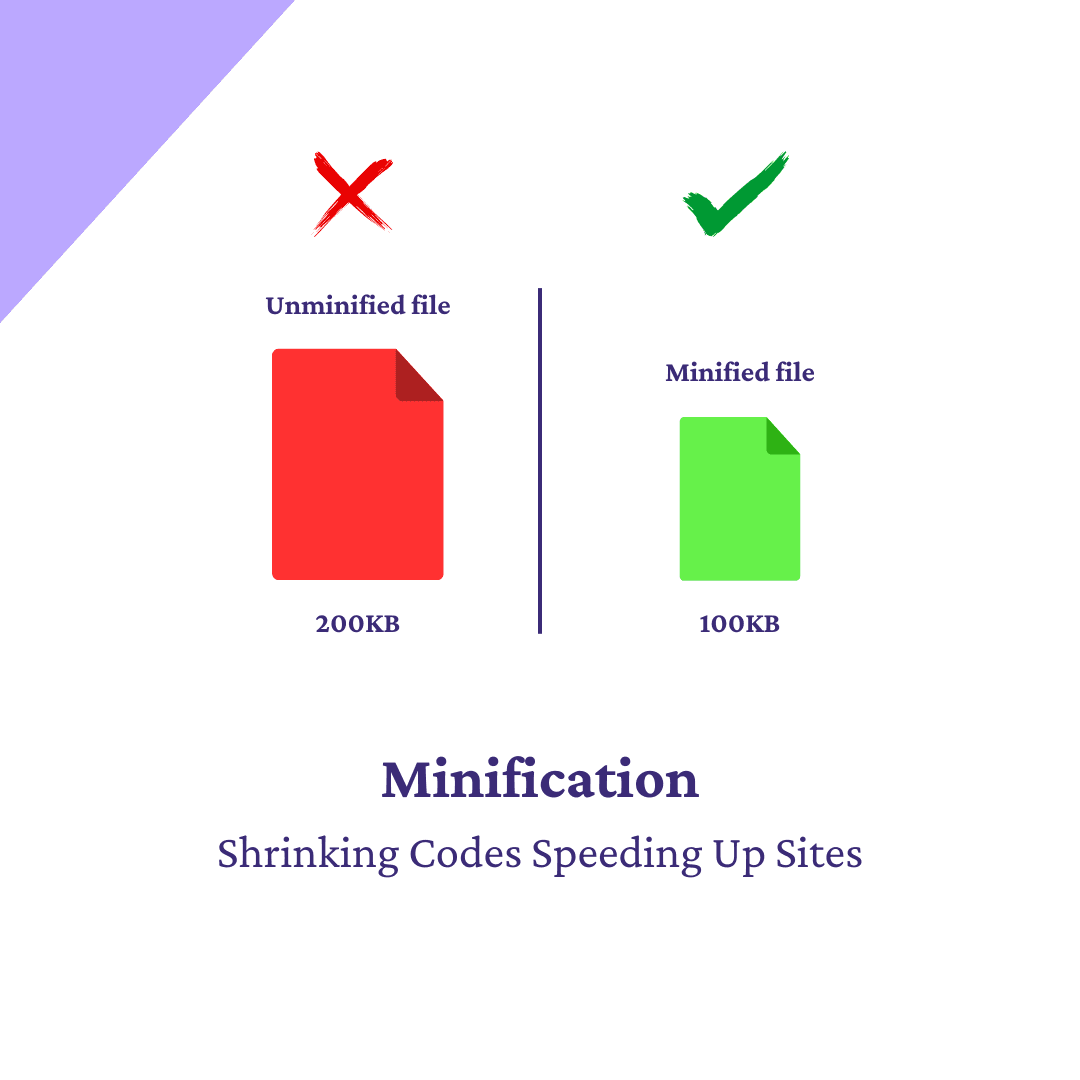Network Optimization For Website Speed
Network optimization comes by leveraging CDNs, compressing data, and minimizing resources. These steps reduce latency, boost website speed and user experience.
Introduction
In the rapidly evolving landscape of digital platforms, optimizing network performance is integral to ensuring a seamless online experience. This introduction aims to shed light on the crucial aspects of network optimization, emphasizing its definition, the significance of website loading speed, and the intricate connection between network optimization and website loading speed.

- Enhancing network efficiency and performance
- Streamlining data transfer and communication processes
- Importance of Website Loading Speed
- Influences user experience and satisfaction
- Affects search engine rankings and visibility
- Impacts conversion rates and overall website success
- Connection between Network Optimization and website Loading Speed
- Optimized networks contribute to faster loading times
- Efficient data transfer results in quicker website responsiveness
- Direct correlation between network optimization efforts and improved loading speed
Benefits of Network Optimization
1. Enhanced User Experience
- Faster loading times for web pages
- Seamless and uninterrupted online interactions
- Reduced latency for a smoother browsing experience
2. Improved SEO Performance
- Higher website ranking on search engine results pages (SERPs)
- Increased visibility for target keywords
- Better chances of appearing in featured snippets and rich results
3. Increased Conversion Rates
- Optimized website speed leading to higher user engagement
- Enhanced trust and credibility due to a reliable online presence
- Reduced bounce rates, resulting in more conversions
Techniques for Network Optimization
A. Leveraging Content Delivery Networks (CDNs):

- Definition and Purpose: Understand the core functionality of Content Delivery Networks (CDNs) and how they revolutionize content distribution globally. Learn how CDNs strategically position servers to ensure faster access and improved website performance.
- Choosing the Right CDN: Navigate the selection process by evaluating providers based on speed, reliability, and geographical coverage. Consider crucial features such as caching mechanisms and security protocols to align the chosen CDN with your website's specific needs.
B. Compression Strategies for Faster Loading:

- Image Compression: Delve into the importance of optimizing images for web performance and discover tools and techniques for image compression without compromising quality. Uncover the impact of image compression on page load speed and its implications on SEO rankings.
- Text Compression: Explore various text compression methods, with a focus on Gzip and Brotli techniques for compressing text-based resources. Learn how text compression significantly reduces file sizes, accelerating page loading and improving user experience.
C. Resource Minification Techniques:

- JavaScript Minification: Recognize the significance of minifying JavaScript files and explore tools and best practices for effective minification. Understand the profound impact on reducing script file sizes, ultimately enhancing site speed and responsiveness.
- CSS Minification: Appreciate the importance of CSS minification for optimal web performance. Explore popular CSS minification tools and methodologies, uncovering strategies to achieve faster load times through efficient reduction of CSS file sizes.
Future Trends in Network Optimization
A. Evolving Technologies in Web Performance:
- Continuous Integration of Edge Computing for Faster Response Times
- Adoption of 5G Networks to Enhance Connectivity and Speed
- Integration of Machine Learning for Predictive Network Optimization
- Implementation of Content Delivery Networks (CDNs) for Global Accessibility
- Progressive Web Apps (PWAs) for Improved User Experience
- Prioritization of Mobile-First Indexing for Responsive Design
- Utilization of HTTP/3 Protocol for Enhanced Data Transfer Efficiency
B. Importance of Adaptation and Upgradation:
- Dynamic Nature of Internet Requires Ongoing Network Adaptations
- Regular Software and Firmware Updates to Address Security Vulnerabilities
- Scalability for Accommodating Growing User Base and Increased Traffic
- Emphasis on User-Centric Metrics for Improved Satisfaction
- Integration of Artificial Intelligence for Real-time Network Adjustments
- Proactive Monitoring and Quick Response to Network Anomalies
- Investment in Training and Skill Development to Stay Current with Trends.
Conclusion:
In conclusion, prioritizing network optimization is paramount for website owners seeking to enhance user experience and boost their online presence. As we've explored the significance of network optimization for website speed throughout this discussion, it's evident that a faster and more efficient website contributes directly to improved user satisfaction, higher search engine rankings, and increased conversion rates. For website owners looking to take proactive steps, the key lies in a holistic approach. As technology evolves and user behaviors shift, website owners must remain agile and adaptable. Continuous testing, refinement, and optimization are integral components of maintaining a competitive edge in the online landscape. As loading speeds improve, so does user satisfaction, search engine visibility, and, ultimately, the overall success of the online venture.
Share:
Latest Posts
Have a project in mind ?
Are you a start-up?
We offer landing page development for selected startups for free
